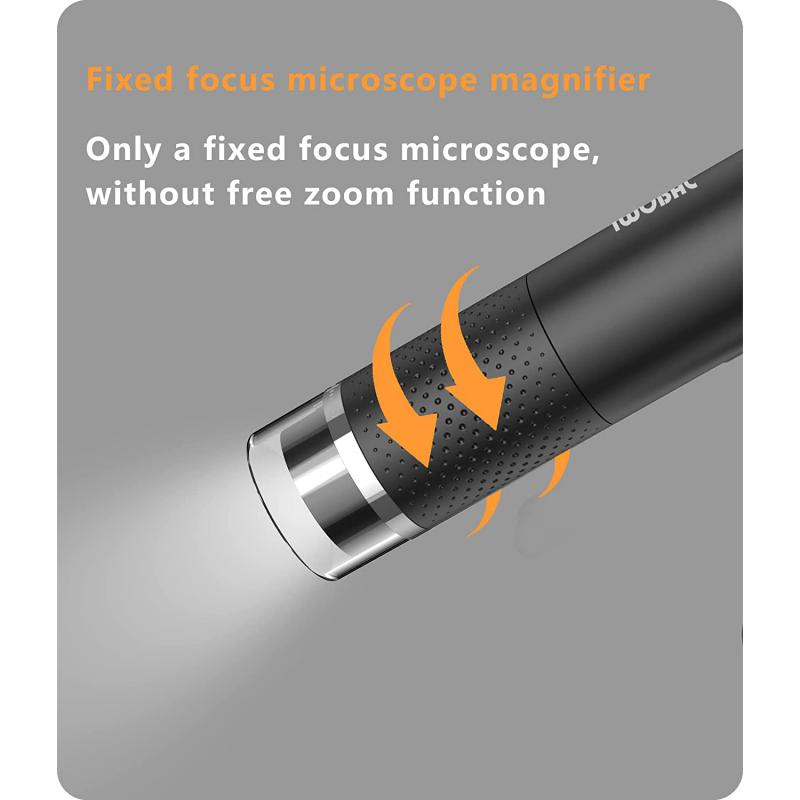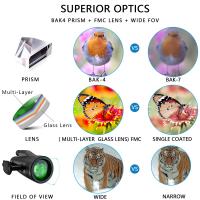Can Viruses Be Seen With A Microscope ?
Yes, viruses can be seen with a microscope. However, due to their small size, they cannot be observed using a light microscope, which is commonly used in laboratories. Instead, electron microscopes are used to visualize viruses. These microscopes use a beam of electrons instead of light to magnify the sample, allowing for much higher resolution and the ability to see objects as small as viruses. With the help of electron microscopy, scientists have been able to study the structure and characteristics of various viruses, leading to a better understanding of their behavior and the development of treatments and vaccines.
1、 Viral Structure: Size and Morphology
Yes, viruses can be seen with a microscope. However, due to their small size, they require specialized microscopes known as electron microscopes to be visualized. Traditional light microscopes are not powerful enough to resolve viruses, which typically range in size from 20 to 300 nanometers.
Electron microscopes use a beam of electrons instead of light to magnify the sample, allowing for much higher resolution. With electron microscopy, scientists have been able to observe and study the structure and morphology of various viruses.
The structure of viruses can vary greatly depending on the type of virus. Generally, viruses consist of genetic material, either DNA or RNA, enclosed within a protein coat called a capsid. Some viruses also have an outer envelope made up of lipids, which surrounds the capsid. The capsid and envelope together form the viral particle, or virion.
Recent advancements in microscopy techniques, such as cryo-electron microscopy, have further improved our ability to visualize viruses. Cryo-electron microscopy allows for the imaging of viruses in their native state, without the need for staining or fixation. This technique has provided unprecedented insights into the three-dimensional structure of viruses, revealing intricate details about their protein components and interactions.
It is important to note that while viruses can be seen with a microscope, their visualization alone does not provide a complete understanding of their behavior and function. Further studies, such as genetic analysis and functional assays, are necessary to fully comprehend the complex nature of viruses and their impact on living organisms.
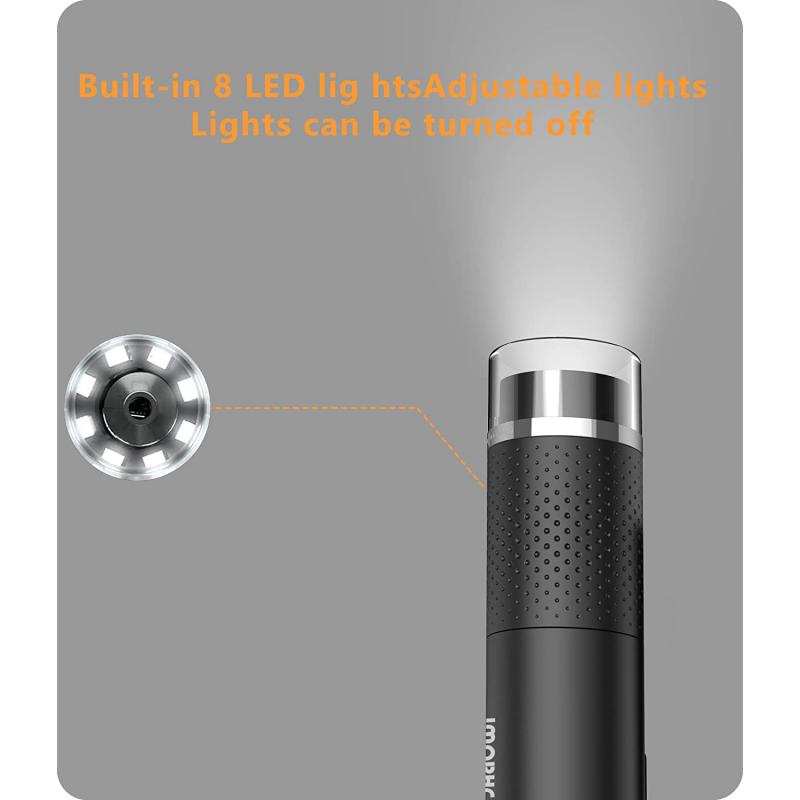
2、 Microscopic Visualization of Viruses
Yes, viruses can be seen with a microscope. Microscopic visualization of viruses has been a crucial tool in the study of virology for many years. The invention of the electron microscope in the 1930s greatly advanced our ability to observe viruses, as it provided much higher resolution than the traditional light microscope.
Using an electron microscope, scientists have been able to capture detailed images of various viruses. These images have allowed researchers to study the structure, morphology, and replication mechanisms of viruses. For example, the iconic images of the tobacco mosaic virus, obtained by Wendell Stanley in the 1930s, provided the first visual evidence of a virus and helped establish the field of virology.
In recent years, advancements in microscopy techniques have further enhanced our ability to visualize viruses. Cryo-electron microscopy (cryo-EM) has revolutionized the field by allowing scientists to capture high-resolution images of viruses in their native state. This technique involves freezing the virus in a thin layer of ice, which preserves its structure and allows for detailed analysis.
Furthermore, the development of super-resolution microscopy techniques has enabled scientists to visualize viruses at an even higher resolution. These techniques, such as stimulated emission depletion (STED) microscopy and structured illumination microscopy (SIM), can overcome the diffraction limit of light and provide sub-diffraction resolution.
It is important to note that while viruses can be seen with a microscope, they are much smaller than most cells and bacteria, making them challenging to observe directly. However, with the advancements in microscopy techniques, scientists continue to push the boundaries of what can be visualized, providing valuable insights into the world of viruses.
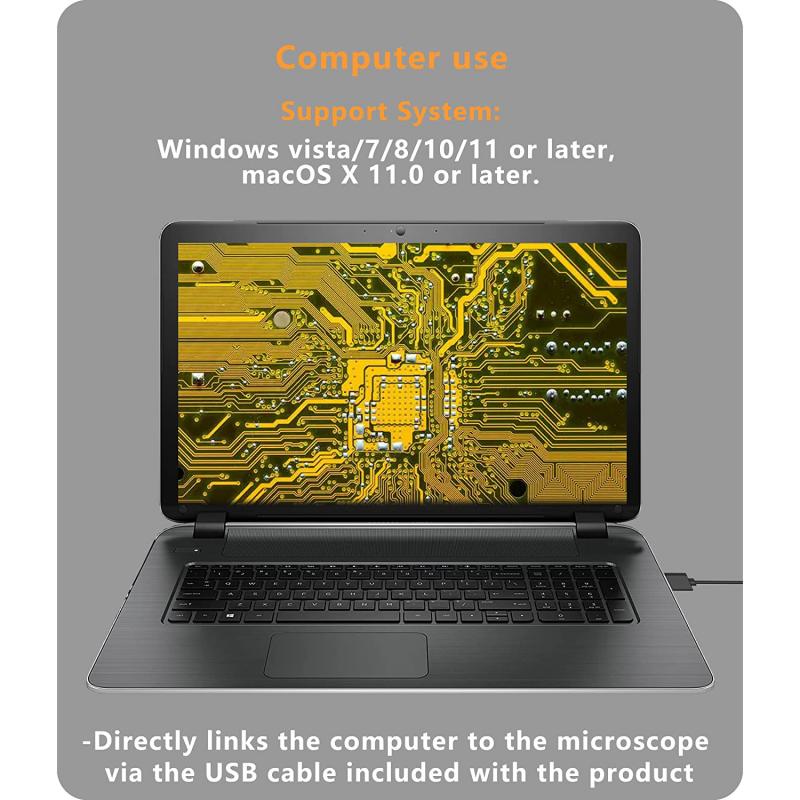
3、 Electron Microscopy and Viral Imaging
Yes, viruses can be seen with a microscope, specifically an electron microscope. Electron microscopy has been instrumental in the field of virology, allowing scientists to visualize and study viruses in great detail.
Unlike light microscopes, which use visible light to magnify objects, electron microscopes use a beam of electrons to create an image. This allows for much higher magnification and resolution, making it possible to observe structures as small as viruses. Viruses are typically too small to be seen with a light microscope, as they range in size from about 20 to 300 nanometers.
Electron microscopy has provided valuable insights into the structure and morphology of viruses. By visualizing the external features of viruses, such as their shape, size, and surface proteins, scientists can classify and identify different types of viruses. Additionally, electron microscopy has been crucial in understanding the replication cycle of viruses, as it allows researchers to observe the various stages of viral infection within host cells.
In recent years, advancements in electron microscopy techniques have further enhanced our ability to study viruses. Cryo-electron microscopy (cryo-EM) has emerged as a powerful tool for imaging viruses in their native state. This technique involves freezing samples in liquid nitrogen, which preserves their structure and allows for high-resolution imaging. Cryo-EM has revolutionized the field of structural virology, enabling scientists to determine the atomic-level structures of viruses and their components.
In conclusion, electron microscopy has played a pivotal role in the study of viruses, allowing scientists to visualize and understand these tiny infectious agents. With the advent of cryo-EM, our ability to study viruses at the molecular level has greatly expanded, leading to new insights and potential therapeutic targets.
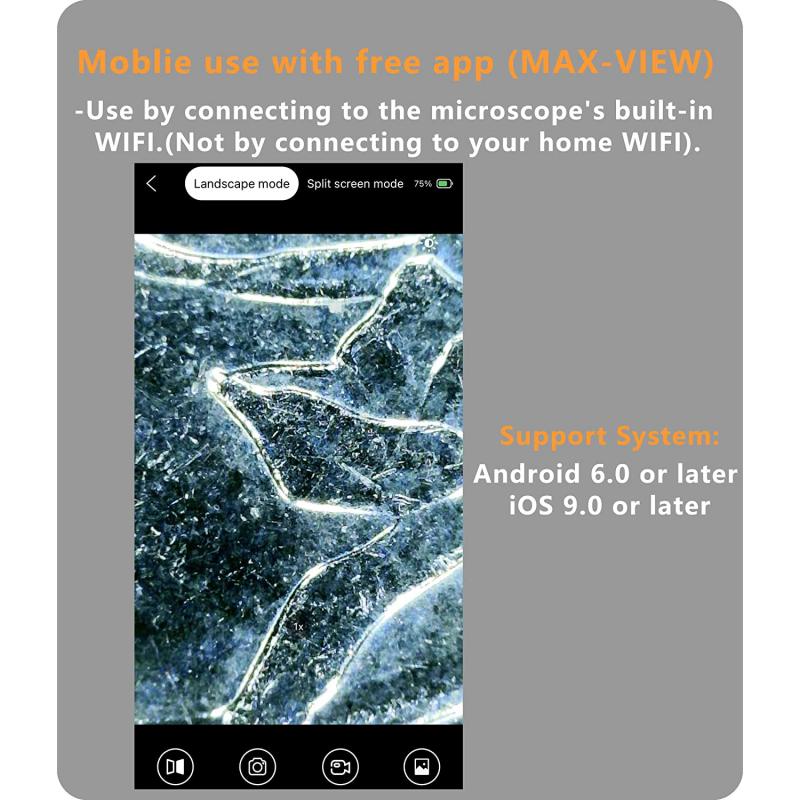
4、 Limitations of Light Microscopy in Virus Detection
Yes, viruses can be seen with a microscope. However, it is important to note that viruses are much smaller than bacteria and other microorganisms, making them challenging to visualize using traditional light microscopy techniques. Viruses typically range in size from 20 to 300 nanometers, whereas the resolution limit of a light microscope is around 200 nanometers.
To overcome this limitation, scientists have developed specialized techniques such as electron microscopy (EM) and immunofluorescence microscopy (IF). Electron microscopy uses a beam of electrons instead of light to visualize viruses, providing much higher resolution and magnification. This allows for the detailed examination of viral structures and morphologies. Immunofluorescence microscopy, on the other hand, utilizes fluorescently labeled antibodies that bind specifically to viral antigens, enabling the visualization of viruses under a fluorescence microscope.
Despite these advancements, there are still limitations to using light microscopy for virus detection. One major challenge is the need for specific staining or labeling techniques to enhance the visibility of viruses. Additionally, the preparation of samples for microscopy can be time-consuming and may require specialized equipment and expertise. Furthermore, the resolution of light microscopy is still limited compared to other techniques, which can hinder the ability to accurately identify and characterize certain viruses.
In recent years, advancements in super-resolution microscopy techniques, such as stimulated emission depletion (STED) microscopy and structured illumination microscopy (SIM), have allowed for even higher resolution imaging of viruses. These techniques have pushed the limits of light microscopy, enabling the visualization of smaller viral structures and improving our understanding of virus-host interactions.
In conclusion, while light microscopy has its limitations in virus detection due to the small size of viruses, specialized techniques and advancements in super-resolution microscopy have significantly improved our ability to visualize and study these infectious agents.
